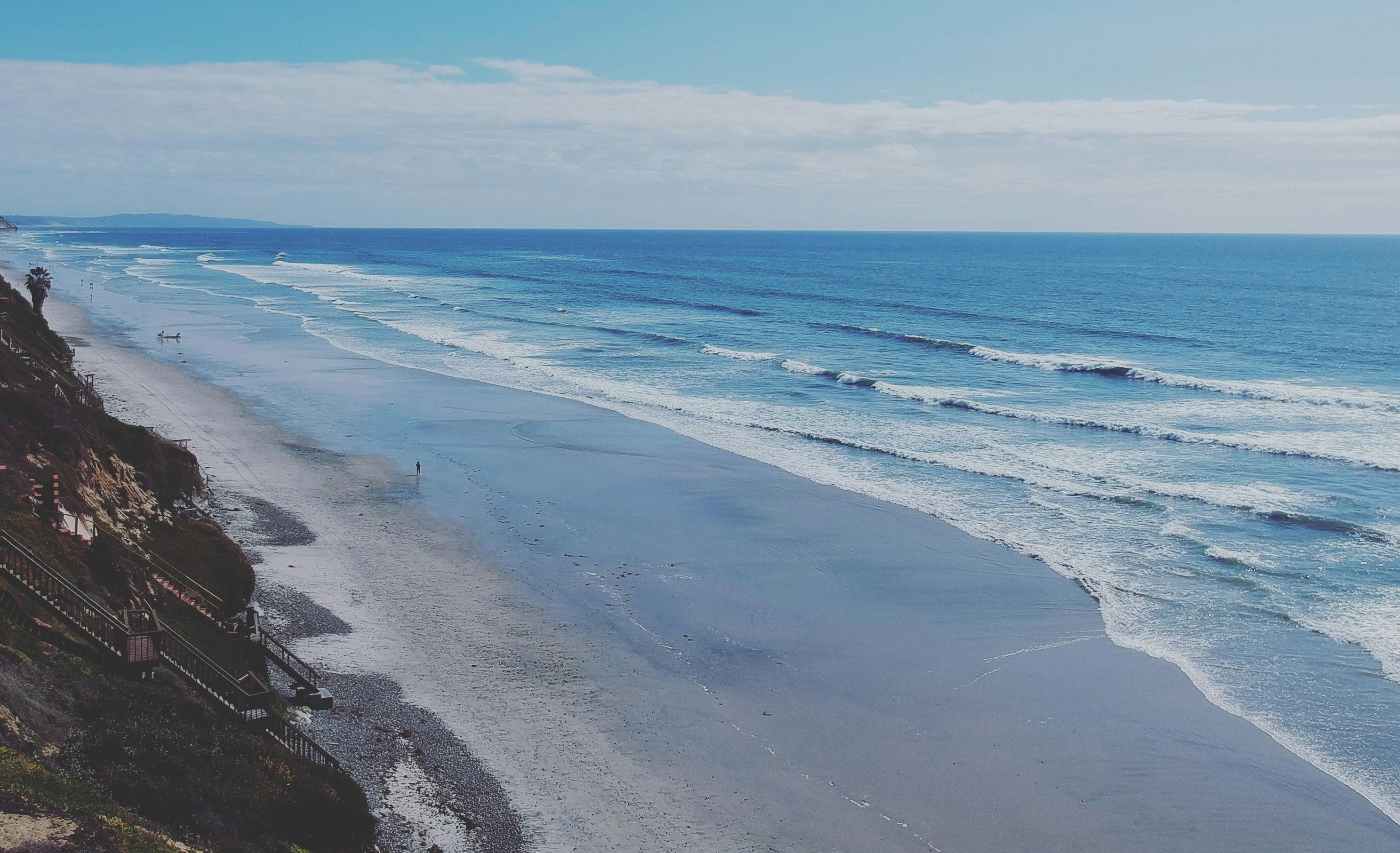-
Lot Size36,591 sqft
-
Home Size2,102 sqft
-
Beds3 Beds
-
Baths3 Baths
-
Year Built1987
-
Days on Market4
An Introduction to the History of Encinitas
- Uncategorized
- February 21, 2024

Exploring The Treasures and Gems of the Past: Unfold in this Travelogue
Situated on the scenic coast of San Diego County, Encinitas boasts an interesting legacy that makes it much livelier today. Spanish explorers sailed to California at the turn of the eighteenth century, and Encinitas became a part of their arrival. Spanish missions brought a changed lifestyle along the coast, which was the natural outcome and left an indelible footprint on the culture of this region.
Rancho Days
The Olivenhain Colony emerged with its origin in the era of Mexican California when Encinitas was part of the massive Rancho San Dieguito. In the mid-1800s, a German immigrant community established the Olivenhain Colony as one of the initial European settlements in this locality.
Encinitas was the choice of these settlers who were drawn by the bountiful land and clement weather, which is fit for farming. The crops they planted in the region were wheat, barley, and grapes, which began Encinitas’ agricultural history.
Encinitas, Imagined
The shaping of Encinitas started to take place in the late 19th century. In 1881, the California Southern Railroad opened here, and this helped to increase its population because more people arrived by train. The official survey and mapping of Encinitas’ townsite occurred in 1883.
Encinitas has a central historical figure, Jabez Pitcher, an entrepreneur who bought property in the locality and created a lumberyard as well as a general store. He also helped build the iconic Moonlight Beach Pavilion in 1915, which became a popular gathering spot for locals and visitors alike.
Surf Culture and the Flower Capital
In the 20th century, Encinitas became known for two things: surfing and flowers. The town’s beaches, including Swami’s and Moonlight Beach, attracted surfers from far and wide, earning Encinitas a reputation as a surf mecca.
On the eastern side of town, the flower-growing industry flourished. Fields of colorful flowers, particularly poinsettias, earned Encinitas the nickname “Flower Capital of the World.” Even today, the Paul Ecke Ranch continues to be a major producer of poinsettias.
Modern-Day Encinitas
Today, Encinitas retains its unique character as a blend of surf culture, agricultural roots, and a thriving community. The historic downtown area offers charming shops and restaurants, while the beaches continue to draw surfers and sun-seekers.
As we’ve seen, the history of Encinitas is a tapestry woven with the stories of Spanish settlers, German immigrants, and surfers. It’s a history of growth, change, and resilience, all against the backdrop of stunning coastal scenery.
We hope you’ve enjoyed this journey through the history of Encinitas! Whether you’re a local resident or a visitor, the stories of this coastal town remind us of the diverse and fascinating heritage that shapes our communities.









